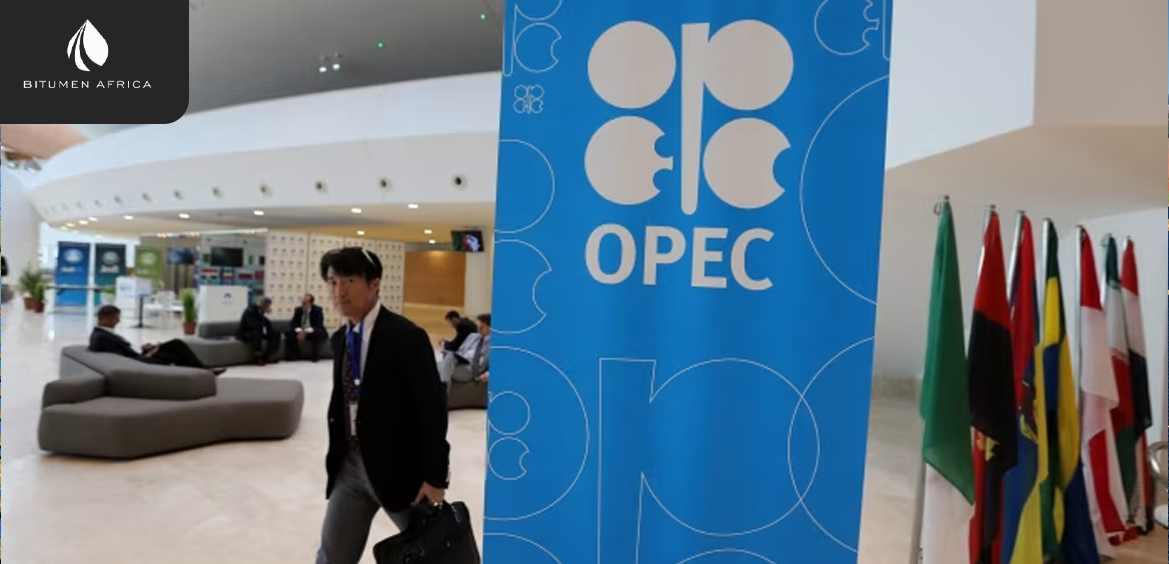Over the past two years, OPEC+—a coalition of oil-producing countries led by Saudi Arabia and Russia—has tried to raise oil prices by limiting supply. Despite Saudi Arabia’s disciplined efforts, their attempts were largely unsuccessful due to external macroeconomic forces beyond their control. Global economic uncertainty, especially fears stemming from U.S. trade policies and the threat of a global downturn, undermined OPEC+ efforts. Eventually, the alliance accepted the futility of their strategy and chose to adapt rather than resist the broader economic headwinds.
The widespread belief in an impending economic slowdown, triggered by escalating trade tensions, particularly between the U.S. and its partners, further influenced oil price expectations. While the actual downturn hadn’t fully materialized, market sentiment was affected enough for OPEC+ to ease up on its supply constraints. Some analysts speculated that Saudi Arabia may have also sought to align, at least temporarily, with President Trump’s preference for lower oil prices. Additionally, frustration with non-compliant members like Iraq and Kazakhstan contributed to Saudi Arabia’s decision to stop defending higher prices aggressively.
In a surprising move, OPEC+ announced an increase in oil supply—411,000 barrels per day (bpd) for two consecutive months—which caused prices to drop even further. Yet, contrary to expectations, this didn’t trigger an actual production surge. Instead, it turned out OPEC+ had produced less oil in April. Coupled with encouraging signs that the U.S.-China tariff conflict might de-escalate, this contributed to a reversal in the declining oil prices. The Saudis even raised prices for Asian buyers—a bold move during a period of weak pricing—which coincided with the start of a price rebound.
Despite ongoing concerns, oil demand remains resilient. U.S. inflation stayed low in April, defying expectations of tariff-driven surges, which calmed some market fears. Meanwhile, China continued to import large volumes of crude oil, taking advantage of low prices, and Asia as a whole is seeing increased oil imports. This demand strength suggests that the oil market may be stabilizing, at least temporarily, even amid persistent global uncertainties and complex geopolitical maneuvering.

